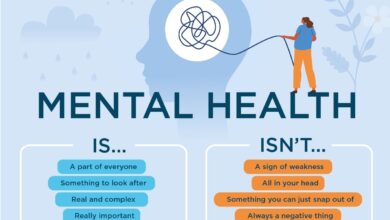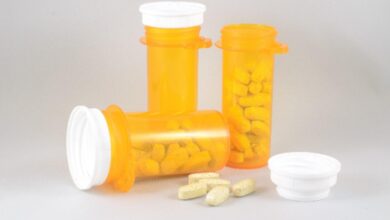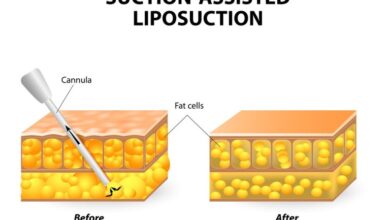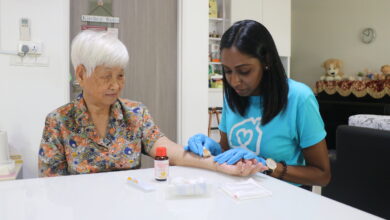Rubbing Alcohol: A Dangerous Substance That Some People Drink
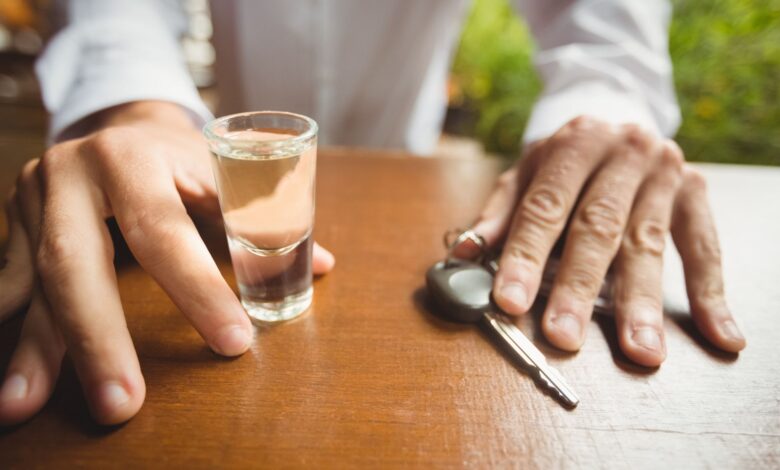
Rubbing alcohol, also known as isopropyl alcohol, is a clear, colorless liquid that is commonly used as an antiseptic. However, drinking rubbing alcohol is extremely dangerous and can lead to serious health problems, including death.
What is Rubbing Alcohol?
Rubbing alcohol is a type of alcohol that is used to disinfect surfaces and to clean wounds. It is typically made up of isopropyl alcohol, which is a colorless, flammable liquid. Rubbing alcohol is also a solvent, which means that it can dissolve other substances.
Why Do People Drink Rubbing Alcohol?
There are a few reasons why people might drink rubbing alcohol. Some people do it to get drunk, as it is a much stronger form of alcohol than what is found in alcoholic beverages. Others drink it as a way to self-harm or commit suicide.
The Dangers of Drinking Rubbing Alcohol
Drinking rubbing alcohol can be extremely dangerous. When ingested, rubbing alcohol is metabolized into acetone, a toxic substance that can damage the liver, kidneys, and brain.
Symptoms of rubbing alcohol poisoning can include:
- Nausea
- Vomiting
- Headache
- Dizziness
- Confusion
- Seizures
- Coma
In severe cases, drinking rubbing alcohol can lead to death.
How Much Rubbing Alcohol Is Fatal?
The amount of rubbing alcohol that can be fatal varies depending on the individual’s weight and health. However, even a small amount can be dangerous. The lethal dose of rubbing alcohol is typically around 100 ml for adults.
The Dangers of Drinking Rubbing Alcohol
1. Toxicity: Rubbing alcohol is toxic when ingested. Unlike ethyl alcohol found in alcoholic beverages, isopropyl alcohol is not safe for human consumption. It is metabolized differently by the body, leading to severe toxicity when consumed in large quantities.
2. Organ Damage: Drinking rubbing alcohol can cause damage to various organs, including the liver, kidneys, heart, and central nervous system. The liver, in particular, plays a vital role in metabolizing alcohol, but it struggles to process the toxic byproducts of rubbing alcohol, leading to potential liver failure.
3. Respiratory Distress: Ingesting rubbing alcohol can also lead to respiratory distress, as it is a potent respiratory irritant. This can result in breathing difficulties, coughing, and even pulmonary edema, a life-threatening condition characterized by fluid accumulation in the lungs.
4. Central Nervous System Effects: Rubbing alcohol has a depressant effect on the central nervous system. Consuming it can lead to symptoms such as dizziness, confusion, loss of coordination, seizures, and even coma. In severe cases, it can be fatal.
5. Long-term Consequences: Regular consumption of rubbing alcohol can have long-lasting consequences. Chronic use may lead to irreversible damage to the liver, kidneys, and nervous system. Moreover, individuals who frequently drink rubbing alcohol are at a higher risk of developing alcohol use disorder and other substance abuse problems.
The Symptoms of Rubbing Alcohol Poisoning
The symptoms of rubbing alcohol poisoning can start to appear within minutes of ingestion. The severity of the symptoms will depend on the amount of rubbing alcohol that was ingested.
Early symptoms of rubbing alcohol poisoning can include:
- Nausea
- Vomiting
- Headache
- Dizziness
- Confusion
Later symptoms of rubbing alcohol poisoning can include:
- Seizures
- Coma
- Death
Treatment for Rubbing Alcohol Poisoning
There is no specific antidote for rubbing alcohol poisoning. However, early medical intervention can help to reduce the risk of serious complications.
Treatment for rubbing alcohol typically includes:
Activated charcoal to absorb the rubbing alcohol Gastric lavage to remove the rubbing alcohol from the stomach Intravenous fluids to keep the person hydrated Dialysis to remove the rubbing alcohol from the blood Preventing Rubbing Alcohol Poisoning
The best way to prevent rubbing alcohol poisoning is to keep rubbing alcohol out of the reach of children and pets. If you have rubbing alcohol in your home, store it in a locked cabinet or container. If you think that someone has ingested rubbing alcohol, it is important to seek medical attention immediately.
Seeking Help and Treatment
If you suspect someone is consuming rubbing alcohol or any other harmful substances, it is crucial to encourage them to seek help immediately. Substance abuse is a serious issue, and professional intervention can save lives.
Education and Awareness: Raising awareness about the dangers of rubbing alcohol and its potential consequences is essential. Informing individuals about its toxicity and highlighting safer alternatives for seeking a high can help prevent cases of misuse.
Support Systems: Establishing support systems, such as helplines and counseling services, can provide individuals struggling with substance abuse an outlet for seeking help and guidance. Friends and family members should encourage their loved ones to utilize these resources.
Medical Intervention: In cases of severe alcohol poisoning or organ damage, immediate medical attention is critical. Healthcare professionals can provide the necessary care, detoxification, and rehabilitation programs tailored to the individual’s needs.
Conclusion
Rubbing alcohol is a dangerous substance that should never be ingested. Drinking rubbing alcohol can lead to serious health problems, including death. If you think that someone has ingested rubbing alcohol, it is important to seek medical attention immediately.
While it serves a crucial purpose as a disinfectant, using it for intoxication can have severe health consequences. It is vital to raise awareness about the dangers associated with drinking rubbing alcohol, and individuals struggling with substance abuse should be encouraged to seek professional help. By addressing this issue collectively, we can work towards a society that is better equipped to combat substance abuse and promote healthier choices.
Resources
